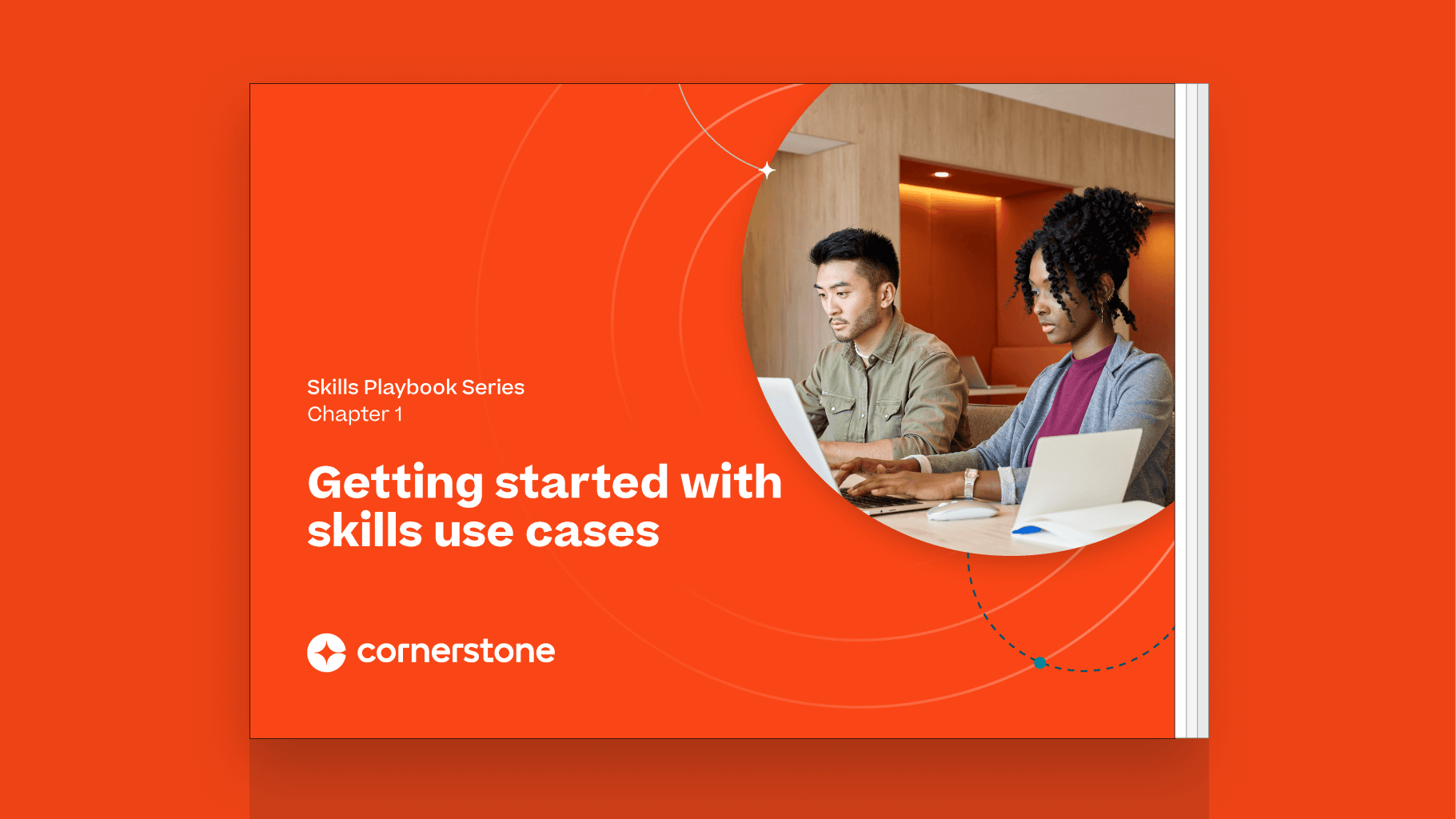There’s a lot of coordination that goes into a company’s learning and development programming, from identifying skills gaps and creating engaging content to scaling initiatives company-wide. And because there’s so much complex planning involved, organizations can sometimes get caught up in the details, and overlook how L&D fits into broader organizational goals.
A recent survey—titled "The Revolution is Now: New-Skill Your Workforce to Catalyze Change"—from Cornerstone People Research Lab (CPRL) and the Human Capital Institute (HCI) found that only 55% of organizations believe their L&D programs are well-aligned with their company’s overarching strategy.
But CPRL and HCI’s survey reveals two logical ways to overcome this challenge. First, there’s a need for L&D executives to participate in strategic conversations around organizational goals to ensure that L&D planning aligns with broader business plans. And second, it’s important to share responsibility for learning effectiveness. If facilitating continuous learning is a part of everyone’s role, it becomes easier to integrate it organization-wide.
To better align L&D efforts with overarching business goals, learning executives have to participate in strategic conversations about organizational direction. For instance, when business leaders gather to discuss goals and KPIs for the coming year or quarter, HR and L&D leaders should be involved in those conversations. And the opposite is also true: Business leaders need to help direct the learning outcomes framed against those goals.
According to the "Revolution is Now: New-Skill Your Workforce to Catalyze Change" survey from CPRL and HCI, only about half (51%) of learning leaders report being involved in these discussions. During these business planning discussions, it’s important to establish accountability, especially among people managers. CPRL and HCI found 67% of people managers report being involved in the creation of content, but only 47% are involved in the accountability for the results. By holding more people accountable to the success of L&D programs, it can be easier for a company to spot pitfalls or opportunities for improvement. It creates shared goals for measuring effectiveness, and establishes a process for making changes.
For example, by getting people managers involved in L&D initiatives, L&D leaders can work with them to get a better understanding of a specific team’s skill gaps or what reskilling or new skilling solutions will work best for them. All leaders in an organization, in fact, should be eager to participate and own their team’s newskilling, reskilling or upskilling efforts. Ask a people manager in the IT department to reiterate the importance of learning to their team, and track the amount of time their employees spend on learning content. This approach will not only create a shared commitment to continuous learning, but can also help leaders outside of L&D and HR get a better idea of what content or formats work best for their teams and recommend adjustments accordingly.
Aligning overarching business plans and strategy with learning and development efforts can improve each’s efficacy. The more cross-departmental collaboration that exists, the more information that HR and L&D leaders have about their workforce and its needs, strengths and weaknesses. And with more accountability, all stakeholders in an organization can become more involved in ensuring the successful partnership between L&D and a company’s overall strategy.
To learn more about the findings from Cornerstone’s "The Revolution is Now: New-Skill Your Workforce to Catalyze Change" survey and its recommendations for using cross-departmental collaboration and accountability to help with L&D efforts, click here to download and read the full report.

